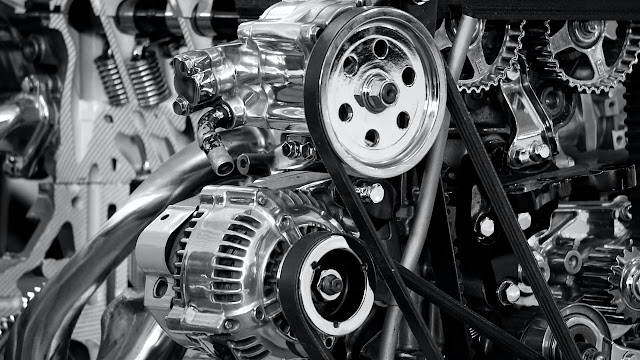This is how your car engine works
As most mechanical professional’s term, the engine is the ‘heart’ of a vehicle. This is because to enhances combustion when the car is ignited. There are different types of car engines set to function differently; this is something you should understand before you purchase a car to make care and maintenance effective. Below is what a car engine comprises of and works.
Types of car engines
1. Reaction engines
There are four types of reaction engines; ramjet, scramjet, pulsejet, turbofan and turbojet. A reaction engine functions by the gases produced through a jet engine or rocket.
2. External combustion engine
This is an engine that generates power from an externally positioned engine. Examples of these are; solar thermal power plants, geothermal power plants and nuclear power plants.
3. Internal combustion engine
This is a type of engine that makes the car to be in motion as a result of burning fuel inside it, this causes the gases produced to be channeled through the piston and enhance the car to start. There are two forms of internal combustion the spark and gasoline engine. Check out the Ford truck forum for more information on how this works.
Engine block
There are three types of engine block; opposed engine cylinder, inline engine cylinder and V engine cylinder. An engine block is part of an engine that hosts most of the unnoticeable but important parts. There are different functions of the engine block;
- It cools the circuit
- It comprises of the lubrication essentials; oil pump, filter and the oil pan.
- It supports most of the vulnerable parts of an engine
Pistons
The piston helps to change heat into mechanical energy as explained below;
- It acts as a bearing for the internal part of the engine
- It acts as the outer covering of the engine in case of high combustion to avoid damage
The pistons acts pressure on the fuel and other gases present to the cylinder head to light up the spark plug.
Crankshaft
There are two types of crankshaft:
1. Fabricated, It is used with different assembled elements; this is especially evident in motorcycles.
2. Monolithic, This is applied in multi-cylinder engines when assembled.
They are further divided as follows; semi built shaft, cast crankshaft, billet crankshaft, welded shafts, fully built shaft and forged crankshaft.
The crankshaft in the internal and most relevant part of the internal combustion engine. They should be of high quality to ensure that they last for long as well as promote the vehicles’ well-being.
Camshaft
Comprised by the flat tappet and roller are meant to control the mechanical set up of the engine. The camshafts are usually made from chilled cast iron therefore last long before other materials used to make vehicle mechanical parts.
Cylinder shaft
The cylinder is usually the midsection part where the piston lies, where energy is generated from this part, it directly flows to the rest of the engine parts. There are three types of cylinder shaft;
1. Front wheel drive
2. Single piece shaft
3. Three piece shaft
The engine of the vehicle determines its motion as well as durability. Understanding the different varieties they exist in is essential to be guided with the care and maintenance for your own.




Comments
Post a Comment